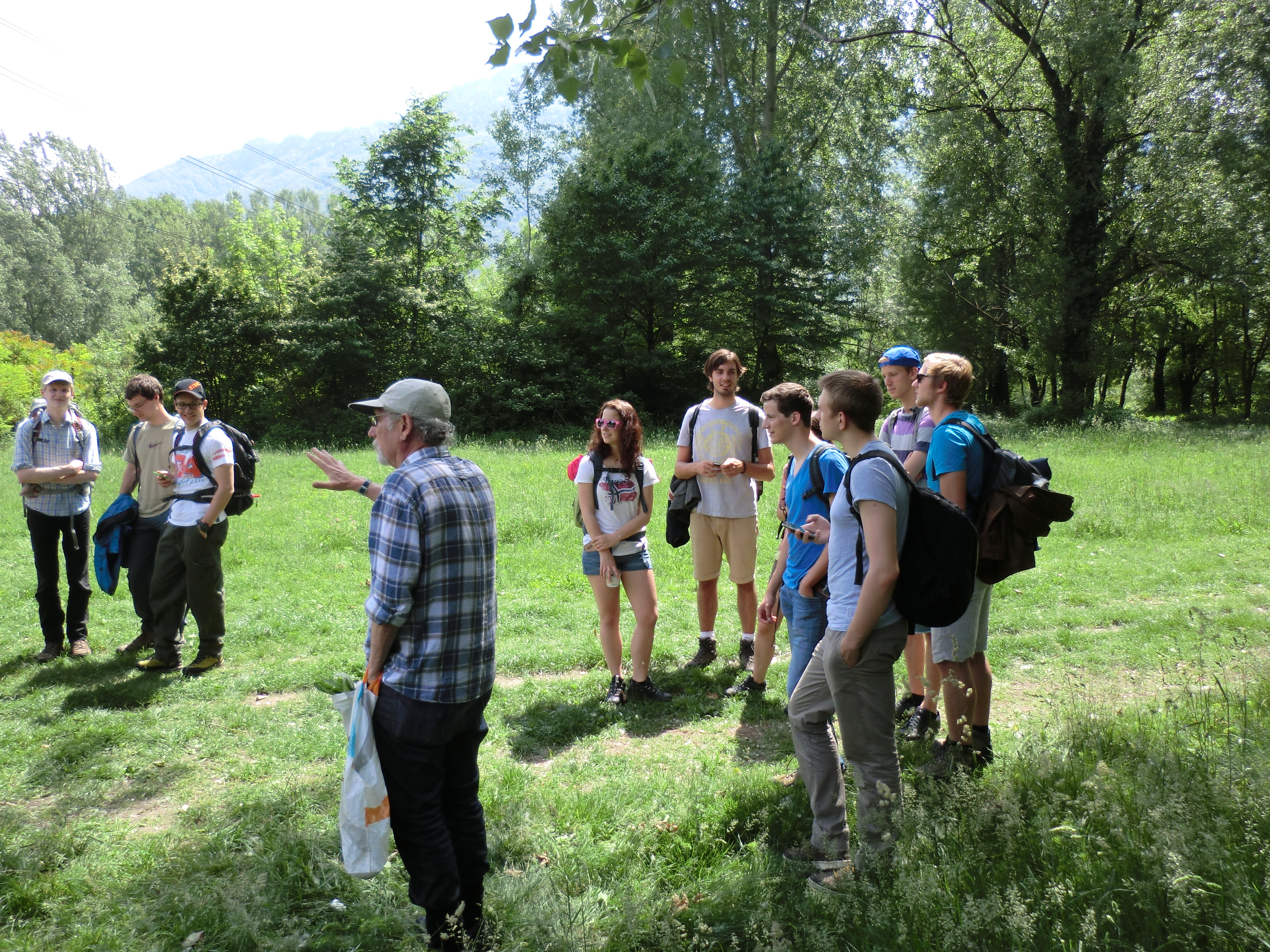About GISsmox
At ETH Zurich, excursions are an important part of education in natural sciences. Therefore, excursions are an integral component of the Agricultural, Earth, Food and Environmental Science degree programs at ETH Zurich and are already offered during the second semester of the Bachelor degree.

The objective of these one to two day "Integrated Excursions" (IntEx) is to confront the students with interdisciplinary questions and help them to connect the contents of their various lectures. The excursion topics frequently possess a spatial component and deal with questions like e.g. "How can breeding grounds of tiger mosquitoes in Ticino be characterised? Where are the breeding grounds positioned and what is their spatial distribution?"
In the hitherto existing didactic concept the students prepare for the excursion by literature study and receive further information in the field. The examination of (spatial) data often remains superficial. This is what the GISsmox (GIS supported mobile outdoor experiments) project tries to change.
The objective of GISsmox is to develop a new type of active learning on excursions. It is based on the idea that through active examination, recording and visualization of spatial structures, knowledge is consolidated and deepened. The project is made possible by the newest developments in the mobile and GIS sector. These developments offer new possibilities to record, visualize and interpret spatial data within the framework of courses and, especially, on excursions. Amongst others these improvements include:
- modern devices such as smartphones and tablets which possess relatively precise GNSS-receiver (GPS, GLONASS and so on),
- specific, easy to use apps, which make data collection and visualization available for the general public,
- and the broad availability and frequent use of these devices by students.
GISsmox is an expertise independent project which is funded by the Innovedum fund of ETH Zurich for the years 2014 and 2015.